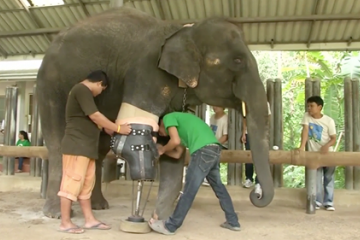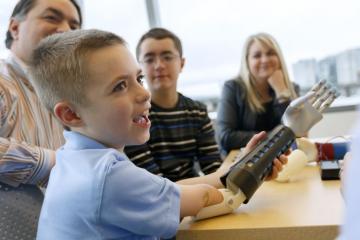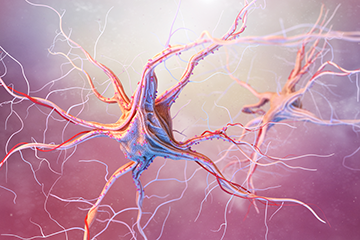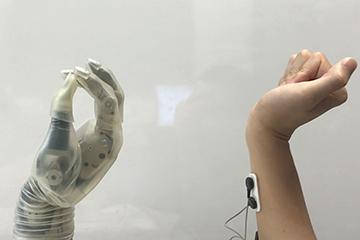
DP&O Will Be On a Upcoming Episode of CBC White Coat Black Art
DP&O will be talking with Dr. Brian Goldman on an upcoming episode of CBC Radio White Coat Black Art devoted to prosthetists and orthotists. Stay tuned for that episode and check out Eric Graham explaining how a prosthetic leg is made.
Watch Now






